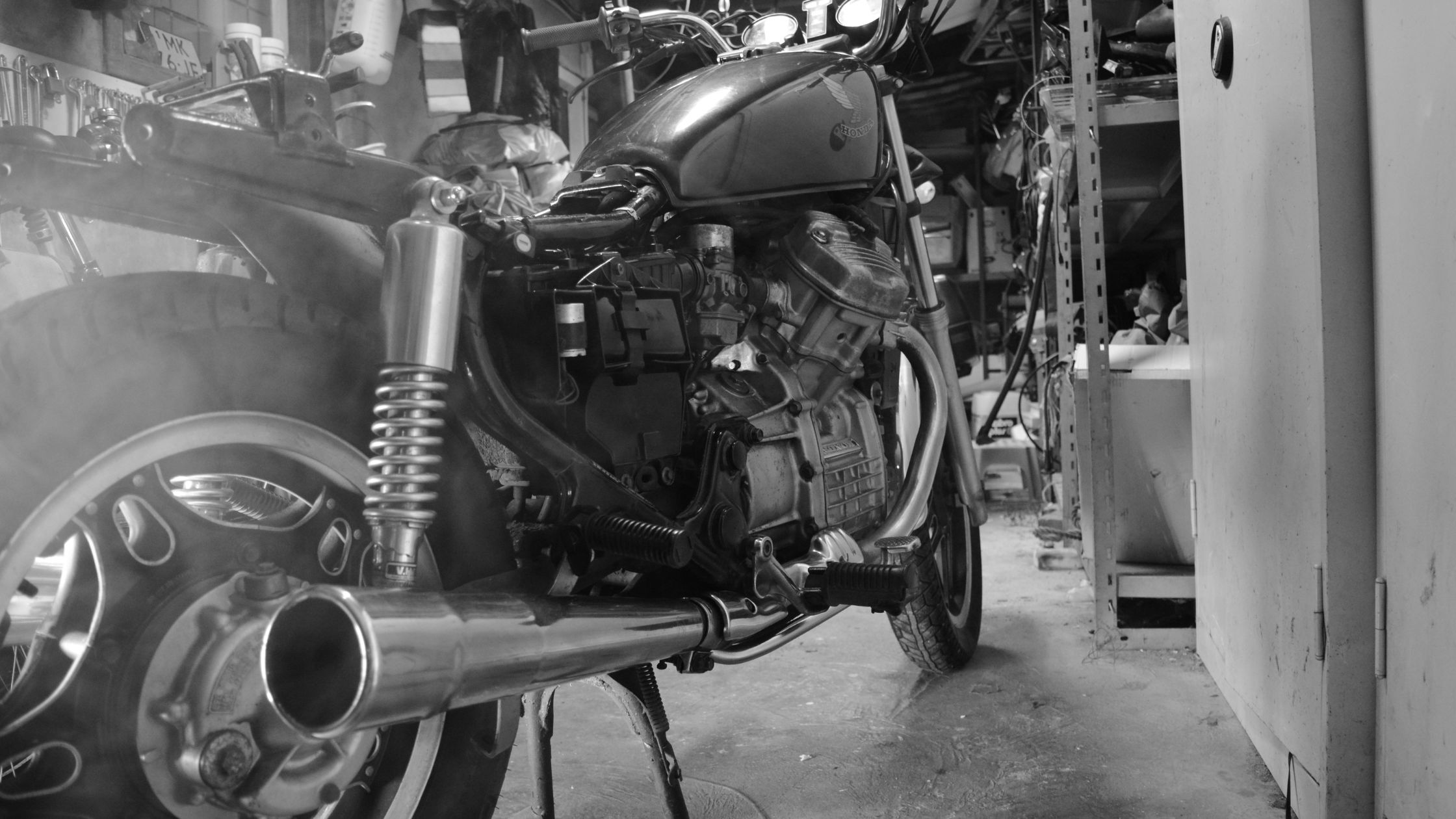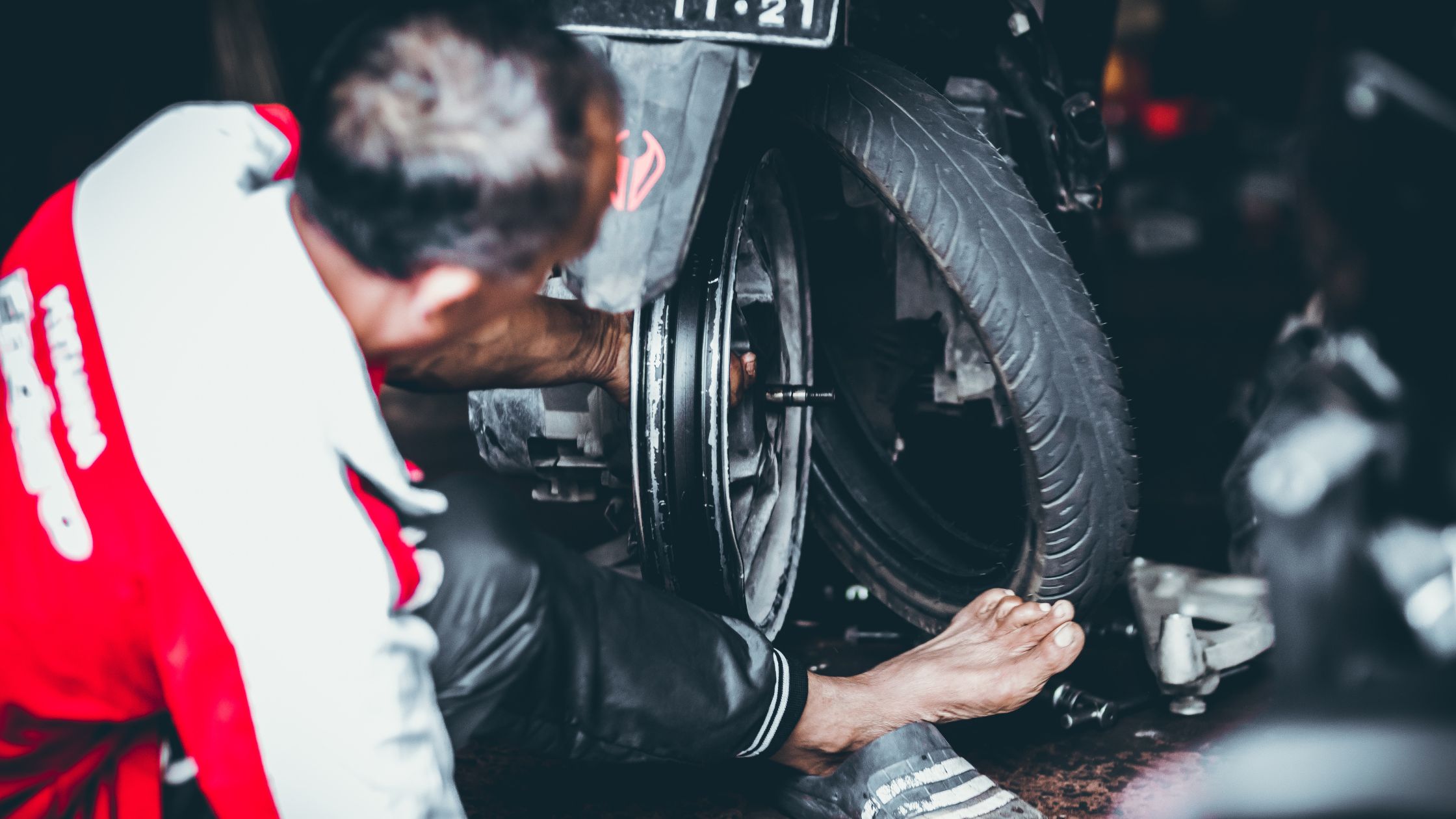Jika anda sedang mencari How To Control Dc Motor Speed With Arduino, anda berada di tempat yang tepat! Disini saya akan mencoba membahas beberapa pertanyaan mengenai How To Control Dc Motor Speed With Arduino.
Can you control the speed of a DC motor?
Thus, the speed of a DC motor can be controlled in three ways: By varying the supply voltage. By varying the flux, and by varying the current through the field winding. By varying the armature voltage, and by varying the armature resistance.
How is the speed of a DC motor reduced using a Arduino?
A DC Motor is the simplest kind of motor. It has two terminals or leads. When connected with a battery the motor will rotate, and if the connections are reversed, the motor will rotate in the opposite direction. If the voltage across the terminals is reduced, the motor speed will reduce accordingly.
How will you create a DC motor speed controller using Arduino and L298 motor driver?
DC Motor Speed Control Circuit Diagram Connect 5 volts pin of the Arduino with the 5 volts pin of the L298n motor driver module and one side pin of the 10K ohm potentiometer. Attach the GND pin of the Arduino with the GND pin of the L298n module and another side pin of the 10K potentiometer.
Can any DC motor be variable speed?
A: In general if you don’t do anything special to it, a DC motor will have variable speed. The main factors are the DC voltage applied to the armature coil and the amount of torque load you are trying to drive. In order to make it into a constant speed DC motor you have to have some sort of electronic feedback.
What are the methods of speed control of DC motors?
Flux Control Method. Voltage Regulation Method. Armature Resistance Control Method.
What is PWM in Arduino?
Pulse Width Modulation, or PWM, is a technique for getting analog results with digital means. Digital control is used to create a square wave, a signal switched between on and off.
How does PWM control speed of DC motor?
In this paper, to control the speed of DC motor using Pulse Width Modulation (PWM) method. Microcontroller AT89S52 is used to generate PWM. L293D IC is used to drive the motor which is made up of two H-Bridge. 555 IC is used with opto coupler to sense the speed of DC motor.
How many DC motors can an Arduino control?
Controlling 16 DC Motors with an Arduino Uno – Project Guidance – Arduino Forum.
How can we change the speed of a DC motor using PWM?
If such a signal is fed to a DC motor, we can change the speed of the motor by changing the duty cycle of the PWM signal. The change in pulse width is created by increasing the on-time (HIGH value) of the pulse while reducing the off-time (LOW value) by the same amount so that the frequency of the signal is constant.
How do you control a DC motor with a joystick?
When the joystick is moved up or down, the motor rotates in the same direction — either forward or in reverse. Additionally, the further away from the center the joystick is pushed (in either direction), the faster the motor speed will be in that same direction. So, users can control the DC motor speed in this way.
Why do we use motor driver with Arduino?
For example, Arduino UNO pins are limited to 40mA of current which is far less than the 100-200mA current necessary to control a small hobby motor. To solve this, we should use a motor driver. Motor drivers can be connected to the microcontroller to receive commands and run the motor with a high current.
Which driver is used to connect DC motor to Arduino?
The easiest and affordable way to control DC motors is to interface the L298N motor driver with the Arduino. It can control both the speed and the spinning direction of two DC motors.

What is PWM in microcontroller?
Pulse Width Modulation (PWM) is a technique where the width of digital pulses is adjusted to generate different average dc voltages. Most microcontrollers have a built-in timer that can be used to generate a PWM signal.
How can we change the speed of a DC motor using PWM output of microcontroller and an amplifier in open loop?
A variable resistor is used to change the duty cycle of PWM. By moving the knob of a variable resistor you can change the duty cycle which is directly related to the speed of the DC motor. Therefore, we can adjust the speed of the DC motor by adjusting the variable resistor knob according to your speed requirement.
What is the main idea of PWM in motor control using microcontroller?
Armature voltage is varied by pulse width modulation (PWM) of input DC voltage by using the developed microcontroller’s program. Thus the speed of the DC motor is changed. Direction of rotation of DC motor is changed by initiating an interrupt signal to the microcontroller using push switches.
What is DC motor controller?
A DC motor controller manipulates the position, speed, or torque of a DC-powered motor and easily reverses, so the DC motor drive current runs in the opposite direction. Enjoy higher starting torque, quick starting and stopping, reversing, variable speeds with voltage input and more.
How do you control the speed of a 24V DC motor?
The easiest way to control a relatively low current 12-24V motor is by using a generic analog DC motor speed controller. This type of controller has a potentiometer to vary the speed of the motor. These controllers can be found with a wide range of power ratings.
Which Arduino pins are PWM?
On Arduino Uno, the PWM pins are 3, 5, 6, 9, 10 and 11. The frequency of PWM signal on pins 5 and 6 will be about 980Hz and on other pins will be 490Hz.
Is PWM AC or DC?
Any other voltage or current that changes over time can be called AC so a PWM signal is AC as long as it isn’t a 0 % (exactly) or 100% (exactly) PWM signal because those signals are constant and thus they’re DC.
Can Arduino read PWM?
Arduino comes with a beautifully simple function called pulseIn(). pwmin = pulseIn(PWM_SOURCE, HIGH, 20000); This would read PWM from a single channel connected to digital pin 34. More channels could be easily added in the same way.
Can you control a DC motor with PWM?
PWM (Pulse Width Modulation) One method that is often used for DC motor control using a microcontroller is Pulse Width Modulation (PWM) method. The speed of the electric motor depends on the modulator voltage. The greater the voltage, the faster the rotation of an electric motor.
Can Arduino control DC motor?
By connecting an L298 bridge IC to an Arduino, you can control a DC motor. By connecting an L298 bridge IC to an Arduino, you can control a DC motor. A direct current, or DC, motor is the most common type of motor. DC motors normally have just two leads, one positive and one negative.
Can we connect DC motor directly to Arduino?
Warning − Do not drive the motor directly from Arduino board pins. This may damage the board. Use a driver Circuit or an IC.
What is PWM speed control?
As its name suggests, pulse width modulation speed control works by driving the motor with a series of “ON-OFF” pulses and varying the duty cycle, the fraction of time that the output voltage is “ON” compared to when it is “OFF”, of the pulses while keeping the frequency constant.
Terimakasih telah membaca How To Control Dc Motor Speed With Arduino, semoga jawaban dari pertanyaan anda telah saya jawab semua. Semoga bermanfaat!
 Mobil Series Situs Mobil Terbaik se-antero Bintaro
Mobil Series Situs Mobil Terbaik se-antero Bintaro
